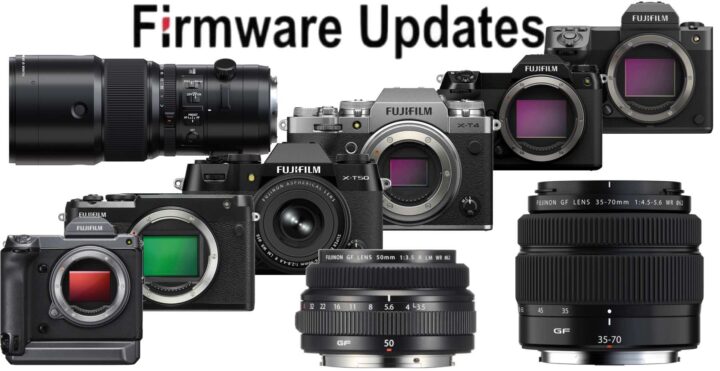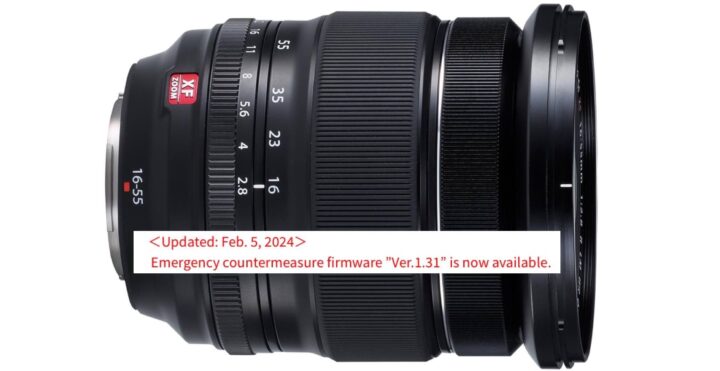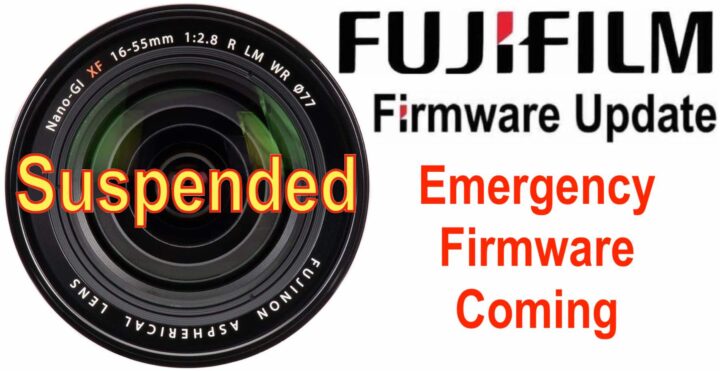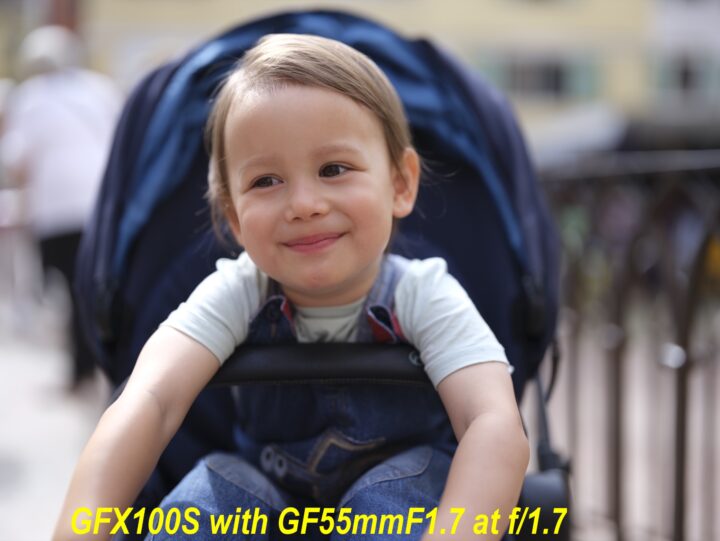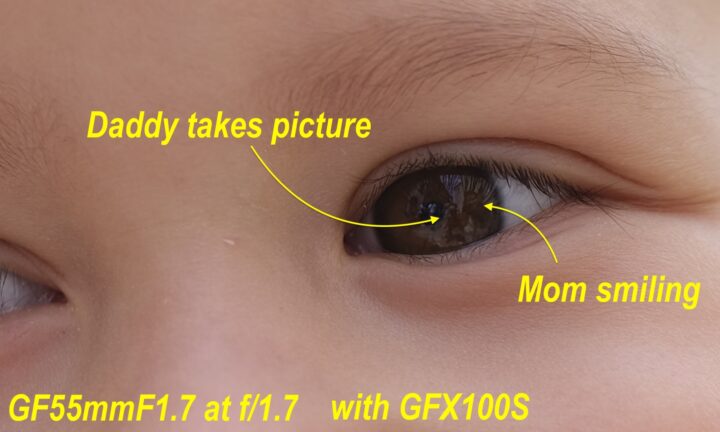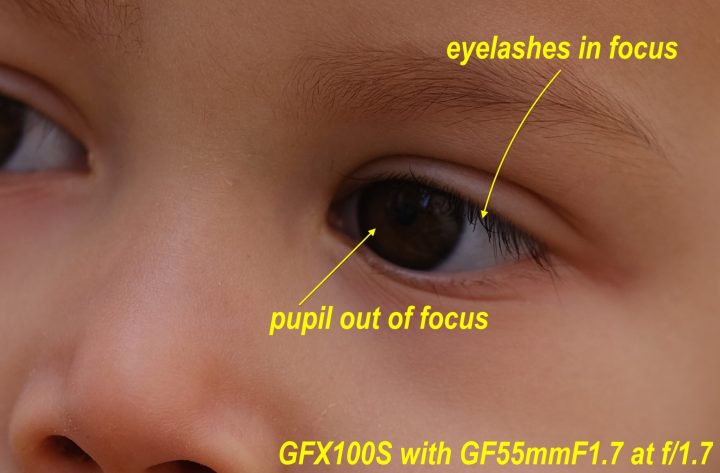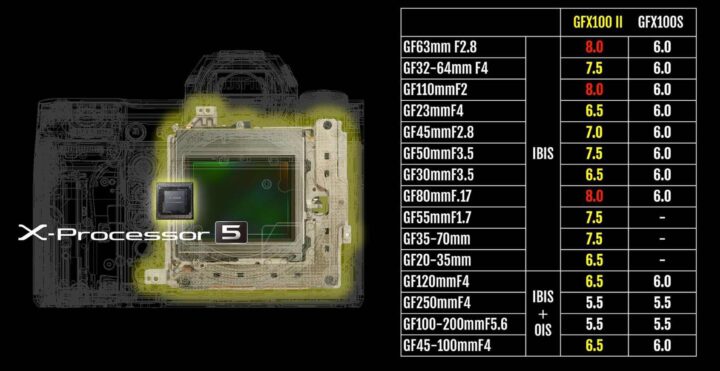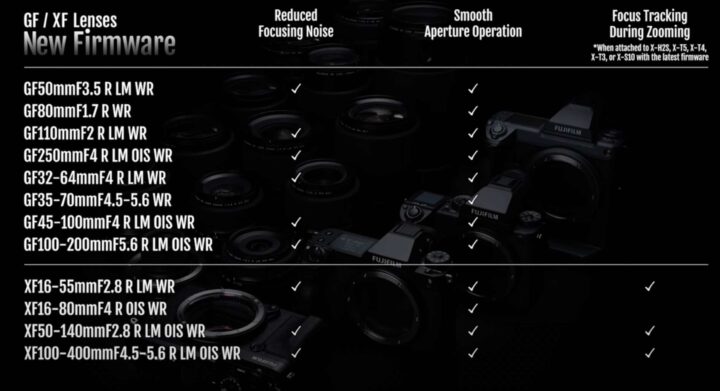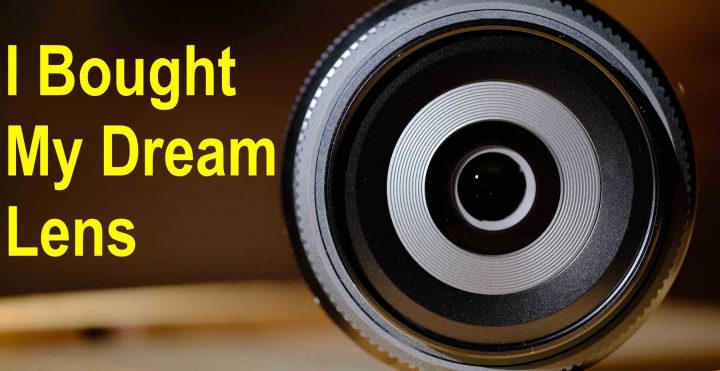Fujifilm Manager CineD Interview: Talking X100VI, the Need for Strong Competitors, In Camera Editing… and Internal Memory Storage?
Fujifilm US Manager Victor Ha had an interesting interview with CineD.
The interview is 1 hour and 20 minutes long. I strongly recommend you to watch it all. But if you are in a super hurry right now, here are the main takeaways:
X100VI Success
- a lot of the X100VI success has to do with luck and timing
- but also a lot of if has to do with the fact that the camera has gone through 5 generations
- a lot of people want to make high quality images. Sometimes they are not really photographers, but artists in other areas, chefs, or a different profession or something that requires high quality imaging
- in today’s world, no matter which you profession you are in, you do need a certain level of image quality that could exceed the phone
- a large number of people who bought the X100VI are new to the Fujifilm brand
- traditionally the X100 line always was also a camera that was grabbed by people who have other brands
- customer base has expended a lot into first time buyers, first time users, first time camera owners
- the X100VI is also a great product
- all these things came together
- Fujifilm has a great reputation in providing tools that are response to feedback of customers, and also balance it with what the market wants and what’s possible technologically
- X100VI is special because it is a combination between esthetics, design, tactile feel
- photographers (image makers) are moving towards the desire of having dedicated devices. You want to spend a certain amount of time engaging with a device where you can look through a viewfinder and there won’t be notifications popping up
- the job of camera manufacturers is to create devices that offer the best image quality possible in different sensor sizes and from entry level to professional market
- when asked about features like in-camera editing, Victor says the thought of it makes him sick. First, because the JPEG’s coming out of his camera are the best in the business. And there are some options in-camera like push and pull etc (admin note: via the internal RAW converter), so Fujifilm has at some degree on-device editing
- Fujifilm wants to offer users different ways to get images off the camera, and that’s evolved in the last couple of years (Camera to Could, new XApp, etc)
- but Fujifilm’s first mission is to provide the best image quality possible. For that you need a good lens, a sensor, processor, image science etc.
- Fujifilm is very pleased in seeing how Camera to Cloud is being adopted and they see continuous growth and more users try the service
- C2C is used by photographers and videographers
- WiFi congestion interfere and create problems with Camera to Cloud
- internal memory storage? Victor Ha says he would be reluctant to that. He was taught that it’s important to have physical backups. Also, in some cases taking a file from the card can be easier than getting it from the cloud. And taking the files through a cable when you do not have a reader is easier than pulling the card.
- manufacturers must understand that they need to offer different ways to get files off from the camera, not just one
- Victor is currently on a trip through Europe with his GFX100SII (+GF50mm and GF80mm) and shooting also street photography with it is very satisfying
- he did not use GFX so much before, but during this trip he got in deep love for that camera
- [when asked what if Hasselblad, now owned by DJI, comes out with an attractive MF camera] of course Fujifilm pays attention what other competitors are doing. Victor hopes that competitors come out with tools that challenge their tools.
- he believes that Fujifilm’s tools will always win in the end because “we have great fans, we have great image science, great colors, great optics“
- the industry needs to grow and make better tools. Fujifilm needs competition
- Without a vibrant and strong industry, lots of things will go away and nobody wants that
There is more to the interview, so make sure to check it out in full.
Just a few quick comments:
As far as in camera editing goes, for me the internal RAW converter is one of the big reasons why I stick with Fujifilm (Sony for example does not offer it as far as I know). Because truth be spoken: for hard core editing nothing beats the RAW file and a proper editing software. But I am often around with busses and trains to do my day hikes, and one of the things I love is when, on my way back from a long day of shooting, I can sit in the train, go through the images and pass some time having fun editing the images with the internal RAW converter. By the time I am home, I might have already edited enough images to a point that I feel completely happy with it and I can upload them on my phone and share them… and of course without the need of edit them later on with an editing software.
In the interview they talk about having kind of Lightroom like controls directly in camera, like on the Zeiss ZX1, but personally I think that’s an overkill. I’ll just use my computer for more heavy editing. I prefer to have the simplicity and immediacy of the internal Fujifilm RAW converter to do quick adjustments.
As for the internal storage, I think that would be nice to have, if that would allow for even faster writing speeds over a CFexpress Card, but only if there would still be a memory card slot for a backup. I probably would be too scared to go on vacation with internal storage only, and maybe get my files corrupted 1 or 2 weeks into the holiday. So Victor Ha makes a great point when he talks about having a backup solution somehow.
Camera to Cloud on the other hand sounds like a great idea that faces some real life challenges when it comes to the transmission of those files. I don’t know if any of you uses it. If so, please let us know your experience with it.

